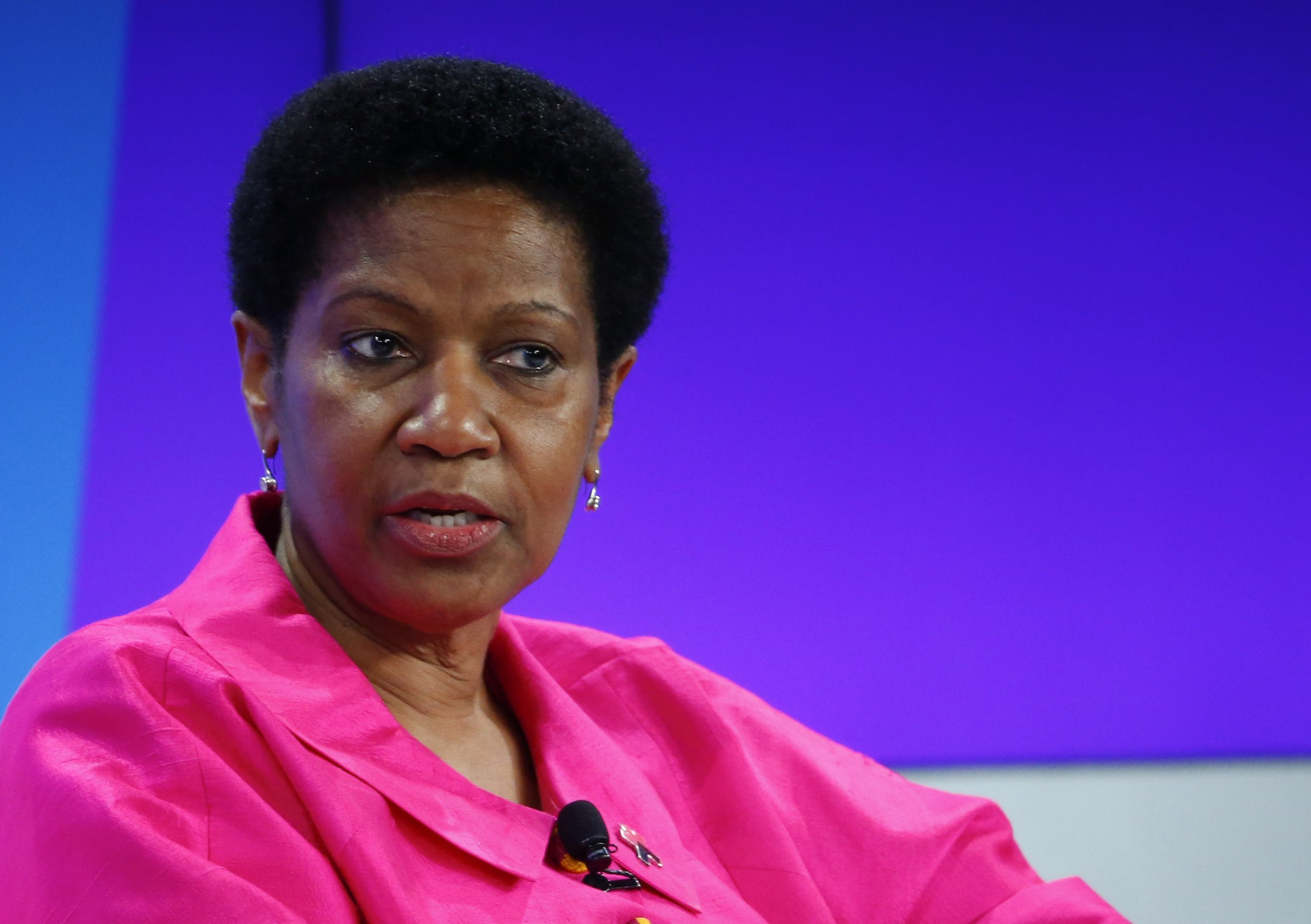
This extract is from How to do Good: Essays on Building a Better World, a collection of extraordinary personal stories from thought leaders, celebrities, statesmen and women, Nobel Prize winners, social entrepreneurs, philanthropists and others driving and inspiring positive change.
How to do Good is written and edited by the team at Philanthropy Age magazine and will be published on December 29 (London Wall Publishing, £40)
Women, on average across the world, are paid 24 percent less than men. The women in those jobs are not 24 percent less able, less experienced or less qualified. They are just 100 percent less male. Pay inequality based on gender persists everywhere, across countries, regions and occupations, and it matters. It matters because it is an evident injustice and because it condemns millions of women and their families to lives of entrenched poverty. It is a global, systemic problem that needs concerted attention and action to change the way that we value and support women's work.
Race and ethnicity compounds the disparity. Though data is scarce in developing countries, in the US, for example, African American women earn only $0.60, Native American women $0.59 and Latinas $0.55 for every $1 that white men earn.
The gender pay-gap has obvious immediate repercussions, but also relates directly to longer-term impacts, such as women's credit-worthiness, savings, social security benefits and retirement income. Globally, some 200 million women in old age are living without any regular income from an old age or survivor's pension, despite having been in the workforce in earlier life.
Where every dollar counts, pay inequality can be enough to plunge families below the breadline. Insufficient income reinforces the poverty cycle, limits opportunity and entrenches disadvantage. A sufficient income well spent on education, nutrition and health potentially moves a generation out of poverty.
All over the world, women are paid less than men for the same job and their work is seen as being less valuable. Janitors (mostly a male job) are paid more than maids (mostly a female job) yet their job descriptions are virtually identical. In the US, golf caddies (who are mostly men) earn an average of $17 an hour; while caregivers (mostly women) are paid just $9 an hour. Why should carrying golf clubs be worth so much more than carrying children? The discrepancies illustrate a problem of perception, reflecting unquestioned assumptions of relative value that have complex and damaging ramifications.
Women are typically employed in low-paid sectors, in caring for children and the elderly, in domestic work, cleaning and catering. In professional positions, more women than men are employed in the lower-paid roles, such as primary school teachers and nurses, rather than as more highly valued university lecturers and engineers. Even as lawyers, judges, surgeons or aircraft pilots, women are paid less than their male counterparts for the same job.
This consistent undervaluation is a key driver of the gender pay-gap. It has two aspects: women are underpaid in the jobs that they do, and the jobs that they do are valued less because they are seen as "women's work." Both constrain women's ability to earn.
As women are paid less, they must work longer hours to net the same income. Yet demands at home often mean they must work fewer hours than their male counterparts, or find ways to subcontract their care duties to others. The pay-gap therefore underpins a vast, almost invisible care workforce and a little-recognized care economy. Globally, women do two and a half times more unpaid care and domestic work as men. The economic value of this work is estimated to be anywhere between 15 percent of GDP in South Africa, to a staggering 39 percent of GDP in India.
The reality of the "male breadwinner" is long gone, but it has not been replaced by a viable alternative. Contemporary economies need both men and women to work, but employment is often designed as if there were no responsibilities at home.
In order to be able to take a job, women may opt to pay others to provide care for their families. This can result in a complicated cascade of sub-contracted care, in which each working mother spends a proportion of her earnings on paying for another woman to tend her household, who in turn may well have to do the same in order to free up time to earn. But who looks after the children of working women who cannot afford or have no access to this essential support? In surveys of 31 developing countries, just 4 percent of employed women had access to a nursery, while 39 percent said that they themselves look after their children.
Failure to support the care economy reinforces the gender pay-gap in two ways: by undervaluing women's jobs and entrenching women in low-paid work; and by limiting women's paid work opportunities, through a lack of affordable care services.
The current reality is that women must either take on poor quality, part-time or informal work that they can combine with childcare duties, or entrust that care to family members. This can have a high cost of its own. In developing countries with poor infrastructure and no formal care services, girls may be forced to drop out of secondary school to fetch water or fuel, and take care of younger siblings or elderly family members, at the expense of their education and a better future. It is time to call a halt to this broken system. It is clear that the loop of low pay and reliance on unsupported family care is undesirable and unsustainable.
One promising solution is government investment in care services. A study by the International Trade Union Confederation and the Women's Budget Group in the UK found that investing in a universal, free childcare system, in which workers are paid a decent wage, would create 1.65 million jobs and reduce the gender pay-gap by 3.4 percent. Children would get the best start in life, women could stay in the labour market and build their careers, and best of all, most of the investment would be recouped through increased tax revenues and lower welfare spending. Some Latin American countries, including Ecuador, Mexico and Chile, have started to make real progress on childcare services in recent years. These services are costly, especially in the short term, but they are an economic and social investment that yields rich returns.
Elsewhere governments are tackling the gender pay-gap head on. In the UK, the government announced an ambition to end the gender pay-gap within a generation, making companies with more than 250 workers disclose the pay-gap in their workplaces. Such transparency can make a difference. In 11 US states, pay secrecy is unlawful. A study found that in those states, the gender wage-gap is smaller and women tend to earn more than in other states.
Increased minimum wages at national level is another avenue, with disproportionate benefits for low-paid women. Corporate policies, such as parental leave, flexible working hours and working from home are growing, although the changes in culture that make uptake feasible still lag. There are no simple answers, and economic empowerment for women is just one aspect of full gender equality. But when it comes to tackling the gender pay-gap, we urgently need to be finding and implementing effective solutions.
Phumzile Mlambo-Ngcuka is the executive director of U.N. Women, which was founded in 2010 to be the U.N.'s global champion for women and girls. A former deputy president of South Africa, she has devoted her career to issues of human rights, equality and social justice, and was actively involved in the struggle to end apartheid in her home country.
Uncommon Knowledge
Newsweek is committed to challenging conventional wisdom and finding connections in the search for common ground.
Newsweek is committed to challenging conventional wisdom and finding connections in the search for common ground.
About the writer
To read how Newsweek uses AI as a newsroom tool, Click here.








